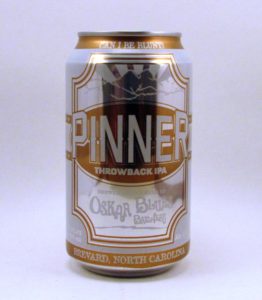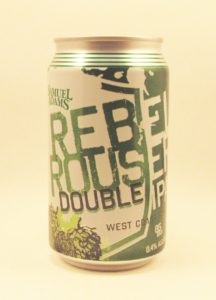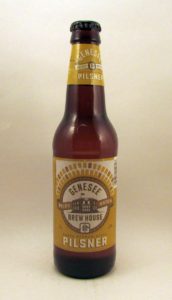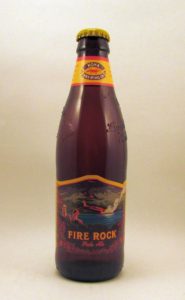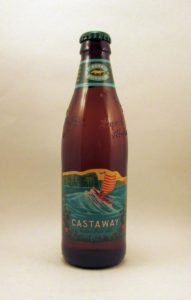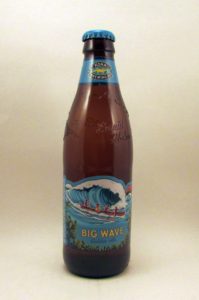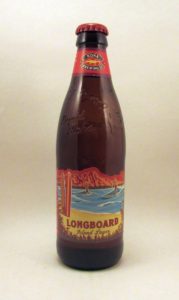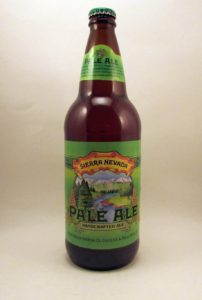What Would Solomon Do about the Keystone XL pipeline?
What the hell is wrong with people? Left-leaners hate the Keystone XL pipeline because it has to do with oil, which they hate, even though a pipeline is always a far better way to move crude oil than trucks and trains, and we are just not going to stop using oil at this point in the game, now are we? Might as well do it the safest way possible, which means a pipe in the ground, not 310,000 railroad tankcars which all need refined oil to make their wheels move.
And right-wingnuts are so rabid to get this one particular pipeline built, that you’d think tar-sands oil was shining with a halo gifted from God The Father. Somehow, choosing to suck happily at one particular energy sector’s gnarled teat instead of some other random energy source has become a “conservative value” and anyone who doesn’t agree with that arbitrary choice must “not love America.” Trust your gut: Sarah “Drillbaby” Palin really was an idiot.
What the hell is wrong with people? The problem is not that there is no room for compromise, between the zero-tolerance Left and the liberty-or-death Right. The problem is that neither side has a player willing or able to concoct that compromise. What would Solomon do? I’ll tell ya what Solomon would do, he’d take a step back and ask: “Hmmm, what is being proposed, and how does that address my people’s needs?”
The Keystone XL proposal is to gather a workforce of about a hundred thousand guys (and girls too i’m sure) and train them in the art of building a very long pipeline. Welders, trenchers, architects, surveyors, roadbuilders, and a whole bunch of other people. After it’s built, about a hundred people will stay on to operate it. Solomon would ask: “How could we, as a nation, use a large workforce of trained pipeline people, located in the center of the continent?”
And there’s your answer: we use them to build another pipeline, to solve another one of the nation’s pressing problems. The drought in California has been going on for too many years, to be considered a ‘passing phase’ anymore. And snowfall from Minnesota to Maine is trending upwards. The Great Lakes region will have no shortage of water in the coming decades, and California’s Central Valley is one of the world’s most fertile patches of soil, as long as it gets watered.
The Solomonic answer to the impasse is simple. Greenlight the Keystone XL pipeline which will make the developers pretty good money. In return for tax breaks, the developers must also build a pipeline for water from Duluth in Minnesota (on Lake Superior) to Salt Lake City. The water pipeline would be a few hundred miles longer than the Keystone XL, but labor costs will be lower, since they already have a large trained workforce who just built a long pipeline.
Material costs will be lower, for piping water, something much less volatile than oil. Startup costs would be negligible, and you don’t need a battery of environmental studies for piping fresh water. So there’s no reason why a Duluth-to-Utah pipeline should cost more than half of the Keystone XL pipeline.
From Salt Lake City, California and the federal government would chip in the costs to get the pipeline the last 600 miles to Sacramento, California. And from Sacramento, we can water a world-class breadbasket. The gov’t just hires all the pipebuilders right there already in Salt Lake City, and again they are much, much cheaper when a trained workforce is already in place.
The lefties get safer oil transport and an agricultural boom in an area hard hit by global warming. The righties get their beloved oil, and the right to boast for a couple decades that “our compromise saved the food supply.”
And there’s more. Minnesota would give the water, but they’d get a huge boom in mining iron ore, right there in the mountains next to Duluth, to make all that pipe. All the states along the way would demand a faucet, and that’s completely a good idea. Water used for irrigation across 800 miles of heartland will boost the economy nationwide, and as a nice ecological side effect, that water will sink in and replenish the Oglala Aquifer, extending it’s lifespan by centuries. A big waystation bringing fresh water into Salt Lake City would do amazing things for the desert, not only in Utah but across northern Nevada as well.
A classic two-birds solution, solving two real national problems. Politically, both birds get to crow about something they already have a hardon for. Economically, solving water issues in both Utah and California in one swoop generates enough GDP growth to pay for the federal investment on this project in less than a decade. Environmentally, you get an explosion of plants and trees across an arid landscape, billions of tons of green plants which sit there all day and eat up carbon dioxide. Water at the bottom of Lake Superior does not eat up carbon dioxide. Don’t forget the national security angle, which is girded by securing native supplies of both food and energy.
Finally, if we do this now, as in right away, then the gov’t portion of the cost is payed back at today’s ridiculously low interest rates. Wait a couple years, and the interest costs would rise badly.
